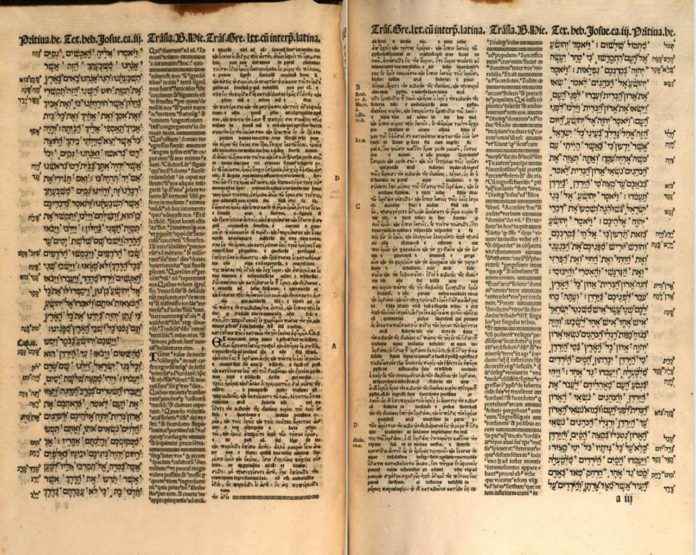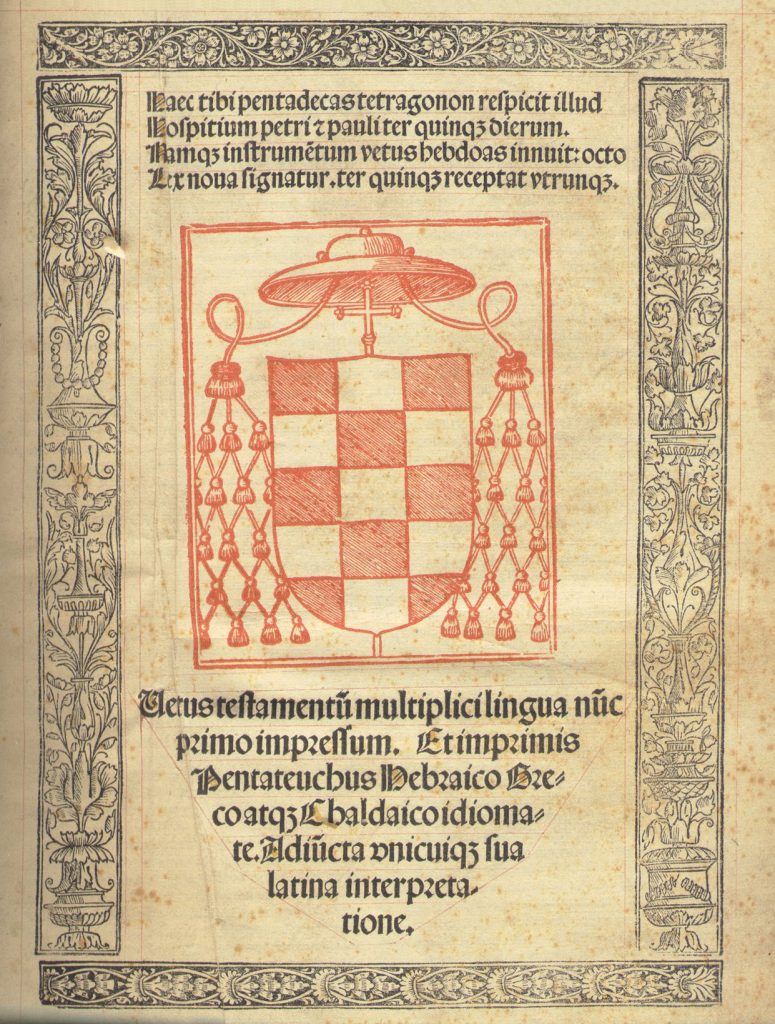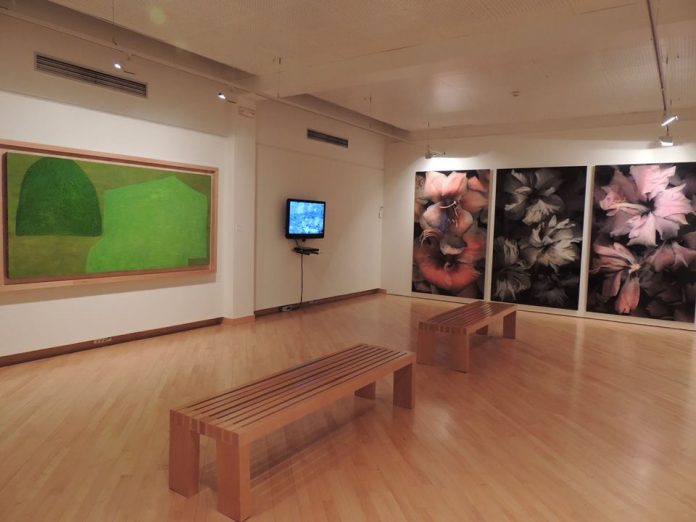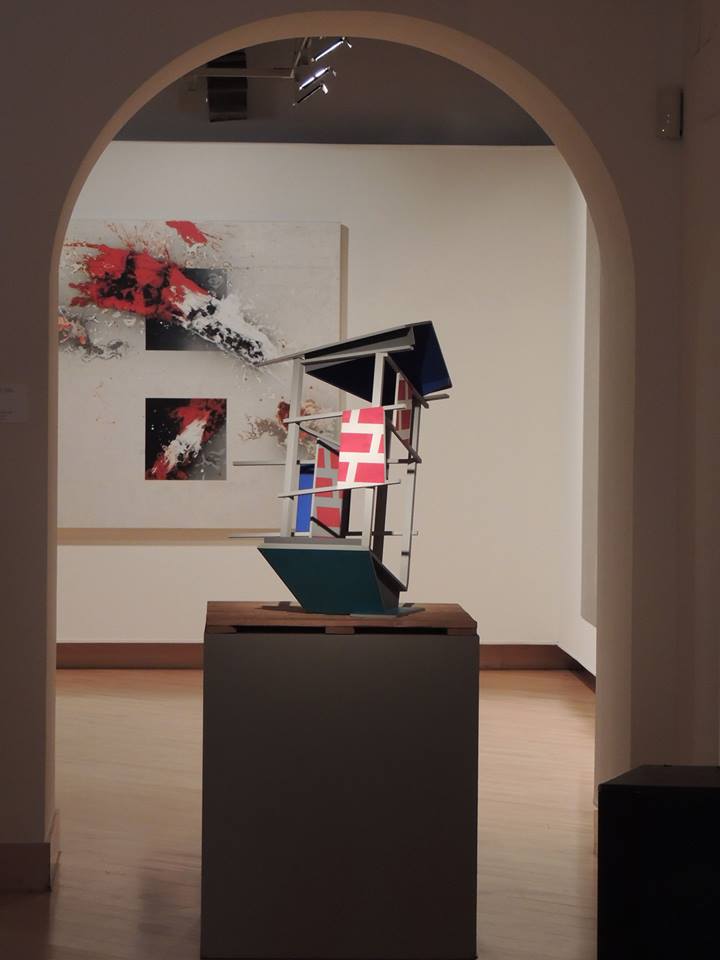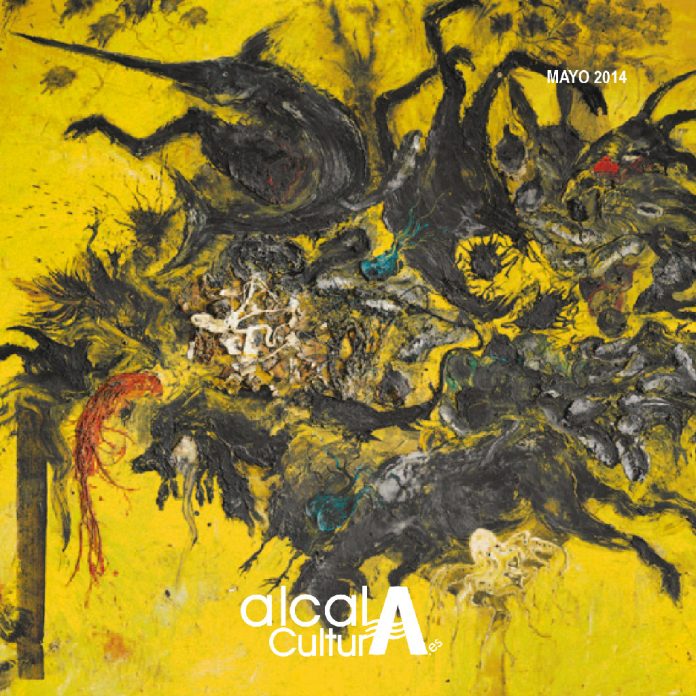El viernes 16 de mayo arrancan las actividades de la Semana Cultural de la Junta Municipal de Distrito III, barrios del Chorrillo, Campo del Ángel y La Garena.
La concejala presidenta de la Junta Municipal de Distrito III, Amparo Moriche, ha dado ha conocer las actividades que se han organizado con motivo de la celebración de la Semana Cultural de la Junta que incluye los barrios del Chorrillo, Campo del Ángel y La Garena.
Las actividades comenzarán el viernes 16 de mayo con un musical a cargo de Jorge Periáñez en el Teatro Salón Cervantes. Los días 29, 30, 31 de mayo y 1 de junio concentrarán el resto de programación que incluirá exhibiciones, exposiciones, sesiones de pilates o yoga, una marcha en bici o una carrera popular, también cuentacuentos, pasacalles o hinchables para los niños, así como una degustación de migas y sangría.
Además, los días 13, 14 y 15 de junio el tradicional Torneo de Futbol “Lali” celebra su XXV edición.
Programación de la Semana Cultural
VIERNES 16 DE MAYO:
20.00 H: “Robin Hood al Compás”. Musical adaptado a la danza española y al ballet clásico a cargo de Jorge Periáñez. Teatro Salón Cervantes. Recogida de entradas en horario de taquilla. Entrada gratuita.
JUEVES DÍA 29 DE MAYO:
De 9.30 h. a 11.30 h.: Pilates. II-Jornada de Puertas Abiertas. Salón de actos de la Junta Municipal de Distrito III. Paseo de los Pinos, 1. Entrada libre hasta completar aforo.
19.30 h.: Inauguración de Exposición de Pintura a cargo de Antonio Luengo. Salón de actos de la Junta Municipal de Distrito III.
20.00 h.: Exhibición de Bailes a cargo de la Escuela de Baile de “Azucena Rodríguez”. Explanada de los Pinos.
VIERNES DÍA 30 DE MAYO:
De 10.00 h. a 11.30 h.: Yoga: Jornada de Puertas Abiertas. Salón de actos. Junta Municipal Distrito III. Paseo de los Pinos, 1.
De 11.00 h. a 20.00 h: Bazar de objetos reciclados “Crea y diviértete con los materiales de reciclaje”, Taller de Manualidades, Exposición de los trabajos del Taller de Restauración, Taller de Vidrio y otros talleres a cargo de los respectivos profesores. Paseo de los Pinos, 1.
De 17.00 h. a 20.00 h.: Exposición de Pintura a cargo de Antonio Luengo. Salón de actos de la Junta Municipal de Distrito III.
19.00 h.: Inauguración de Exposición de Pintura, manualidades y bolillos de las alumnas de la Asociación de Mujeres de Alcalá y del Centro Cultural y Recreativo el Chorrillo. Calle Tomás Bretón s/n. Hasta el 1 de junio. Horario: de 11.00 h. a 13.00 h. y de 17.30 h. a 20.00 h..
18:30 h. y 19.30 h: Obra de Teatro “Clínica Rural” dirigido por Santiago Alonso. Salón de actos de la Junta Municipal de Distrito III. Entrada libre hasta completar aforo.
20.30 h: Saludo de la Concejala-Presidenta de la junta municipal. A continuación, exhibición de Zumba a cargo del profesor de la Casa del deporte, exhibición de bailes a cargo de la Asociación Reali-T y actuación de las Casas Regionales de Aragón, Galicia y Castilla y León. Explanada de los Pinos.
Jornada de puertas abiertas, en la AA.VV. del distrito VIII (C/ Eduardo Pascual y Cuellar s/n)
- 9.30 h. a 10.30 h: Gimnasia de Mantenimiento.
- 18.00 h: a 19.00 h: Pilates
- 19.00 h. a 20.00 h.: Aerobic
- 20.00 h: a 21.00 h: Capoeira (infantil y/o adultos)
- 21.00 h. a 22.00 h.: Ritmos latinos (Bachata y Salsa)
SÁBADO DÍA 31 DE MAYO:
En el Paseo y Explanada de los Pinos:
11.00 h.: “XVII MARCHA EN BICI”.
Duración aprox. dos horas.
Salida: Colegio Público García Lorca.
Llegada: a las 13:00 h. al C.P. García Lorca.
Recorrido: C/ Torrelaguna, C/ Clavileño, C/ Diego Ros y Medrano, Cno. de Santiago, -Giro a izquierda- C/ Alalpardo, -giro a la derecha- Pza. San Jose, -giro izquierda hacia C/ Villalbilla, C/ Damaso Alonso, C/ Luis Rosales, -giro a izquierda- Av. Doctor Marañon, -giro derecha-, C/ Campo Real, C/ Loeches, C/ Nuevo Baztán, Av. Doctor Marañón, Av. de Daganzo, Avda. Ajalvir, Av. de Europa, Av. Juan Carlos I, Rotonda Felipe IV, -giro izquierda, C/ Fausto Elhuyar, Rtda. Giro a Izquierda, C/ Arturo Soria, Rtda. Giro a Izquierda, C/ Manuel Iradier, Avda. de Europa, Avda. Ajalvir, Glorieta del Chorrillo, Torrelaguna.
De 11.00 h. a 20.00 h: BAZAR de objetos reciclados “Crea y diviértete con los materiales de reciclaje”, Exposición de los trabajos del Taller de Restauración, Taller de Vidrio, Taller de patchwork y otros talleres a cargo de los respectivos profesores. Paseo de los Pinos.
De 11.00 h. a 15.00 h.: Mercadillo Solidario a cargo de la Asociación de Mujeres Unidas del Mundo. Paseo de los Pinos.
De 11.00 h. a 14.00 h.: EXPOSICIÓN DE PINTURA a cargo de Antonio Luengo. Salón de actos de la Junta Municipal de Distrito III.
12.00 h: Exhibición de Bachata, Salsa y Capoeira (infantil y adultos) a cargo de los distintos profesores de la AA.VV. del distrito VIII. Explanada de los Pinos.
De 12.00 h. a 13.00 h.: Demostración de Taller de Marquetería sobre mueble. Paseo de los Pinos.
De 13.00 h. a 14.00 h.: Demostración del Taller de tejidos de asientos para sillas. Paseo de los pinos.
De 18.00 h. a 20.00 h.: Demostración del Taller de talla en madera aplicado al mueble.
20.00 h: Actuación de la ESCUELA DE DANZA de Jorge Periañez. Explanada de los Pinos.
21.30 H: Actuación del grupo musical: “Tritón”. Explanada de los Pinos.
En el barrio de la Garena:
11:00h: X Carrera popular La Garena, (Categorías: pre benjamín, benjamín y alevín) organizada por la AA.VV. La Garena.
12:00h: Actividades y juegos infantiles organizados por la AA.VV. La Garena.
14:00h: Entrega de premios y sorteo de regalos entre los participantes en la carrera.
15:00h: Degustación de migas por invitación de la AA.VV. La Garena.
18:00h: Pasacalles por la Av. Juan Carlos I hasta el recinto ferial organizado por la AA.VV. La Garena.
18:30h: Hinchables.
20:00 a 23:00h: Exhibiciones de baile Zumba y muchas sorpresas a cargo del Estudio de Baile a Doble Tiempo.
DOMINGO DÍA 1 DE JUNIO:
De 10.00 h. a 14.30 h.: Hinchables: PARQUE INFANTIL GIGANTE. Explanada de los Pinos.
12.00 h: CUENTACUENTOS a cargo de “El Sueño de Trois”. Dependencias de la Junta Municipal distrito III.
De 11.00 h. a 14.00 h.:
- EXPOSICIÓN DE PINTURA a cargo de Antonio Luengo. Salón de actos de la Junta Municipal de Distrito III.
- EXPOSICIÓN DE PINTURA Y MANUALIDADES de los/las alumnas de la Asociación de Mujeres de Alcalá y del Centro Cultural y Recreativo el Chorrillo. Calle Tomás Bretón s/n. De de 11.00 h. a 13.00 h. y de 17.30 h. a 20.00 h.
- BAZAR de reciclaje “Crea y diviértete con los materiales de reciclaje”, Exposición de los trabajos del Taller de Restauración de Muebles, Taller de Vidrio y Taller de Lagarterana. Paseo de los Pinos.
- Exposición de BOLILLOS. Paseo de los Pinos.
- Mercadillo solidario a cargo de la Asociación de Mujeres Unidas del mundo
14.00 h.: “DEGUSTACIÓN DE MIGAS y SANGRÍA”. Organiza: La Asociación de Mujeres de Alcalá. Lugar: Exteriores del Antiguo Centro de Mayores los Pinos. Paseo de los Pinos.
XXV memorial “LALI” torneo de fútbol
DÍA 13 DE JUNIO:
17.45 h.: Categoría Chupete: Campo de fútbol- 5 Parque deportivo el Ensanche (C/ Rubén Darío)
17.45 h.: Categoría Pre-Benjamín: Campo de fútbol-7 deportivo el Ensanche (C/ Rubén Darío).
DÍA 14 DE JUNIO:
9.00 h: Categoría Alevín: Campo de fútbol-11 Polideportivo I.E.S. Antonio Machado.
10.00 h: Categoría Benjamín: Campo de fútbol-7 Parque deportivo el Ensanche ( C/ Rubén Darío).
11.50 h.: Categoría infantil: Campo de fútbol-11 Polideportivo I.E.S. Antonio Machado.
18.45 h.: Triangular Categoría infantil: Campo de fútbol-11 Polideportivo I.E.S. Antonio Machado.
DOMINGO 15 DE JUNIO:
9.30 h: Categoría Cadete: Campo de fútbol-11 Polideportivo I.E.S. Antonio Machado.
17.00 h.: Categoría Juvenil: Campo de fútbol-11 Polideportivo I.E.S. Antonio Machado.
21.00 h: Entrega de trofeos al finalizar la categoría infantil.


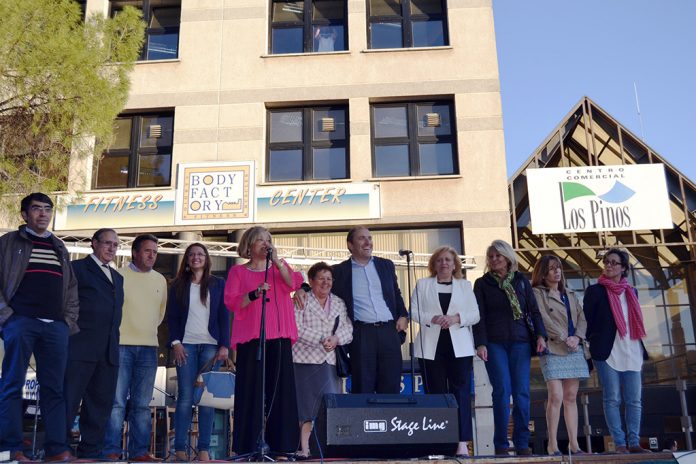
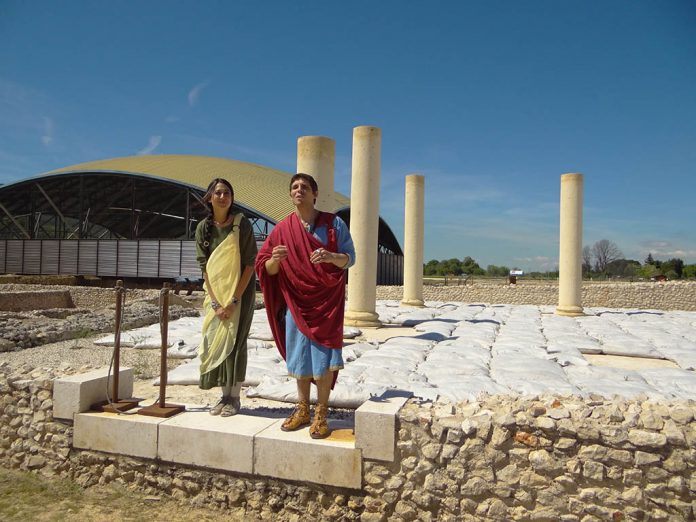
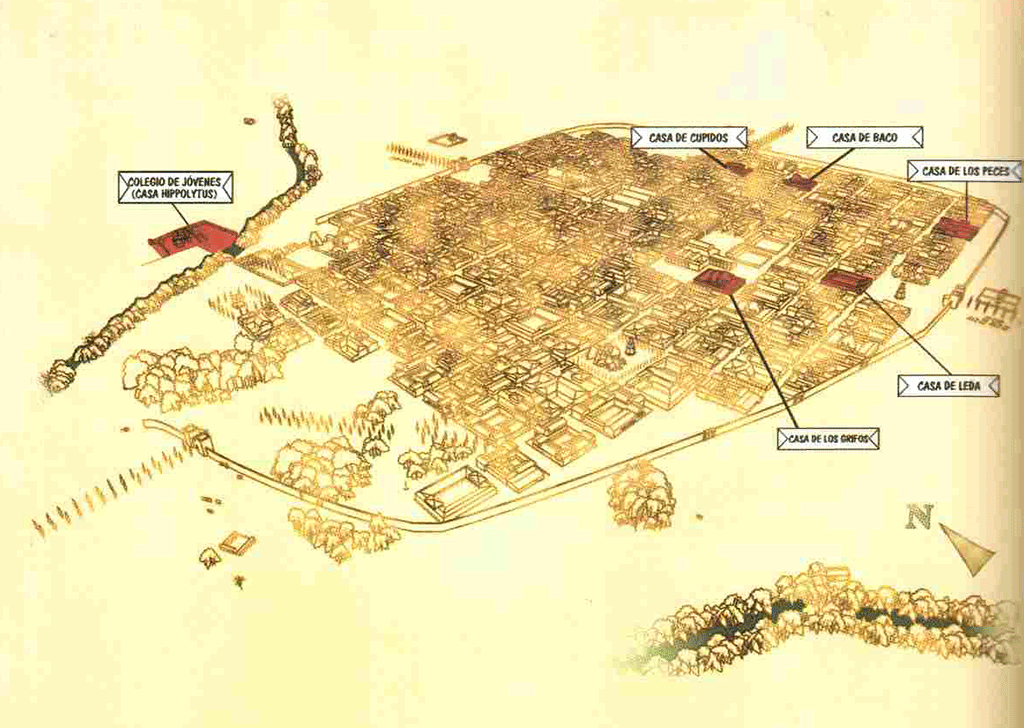
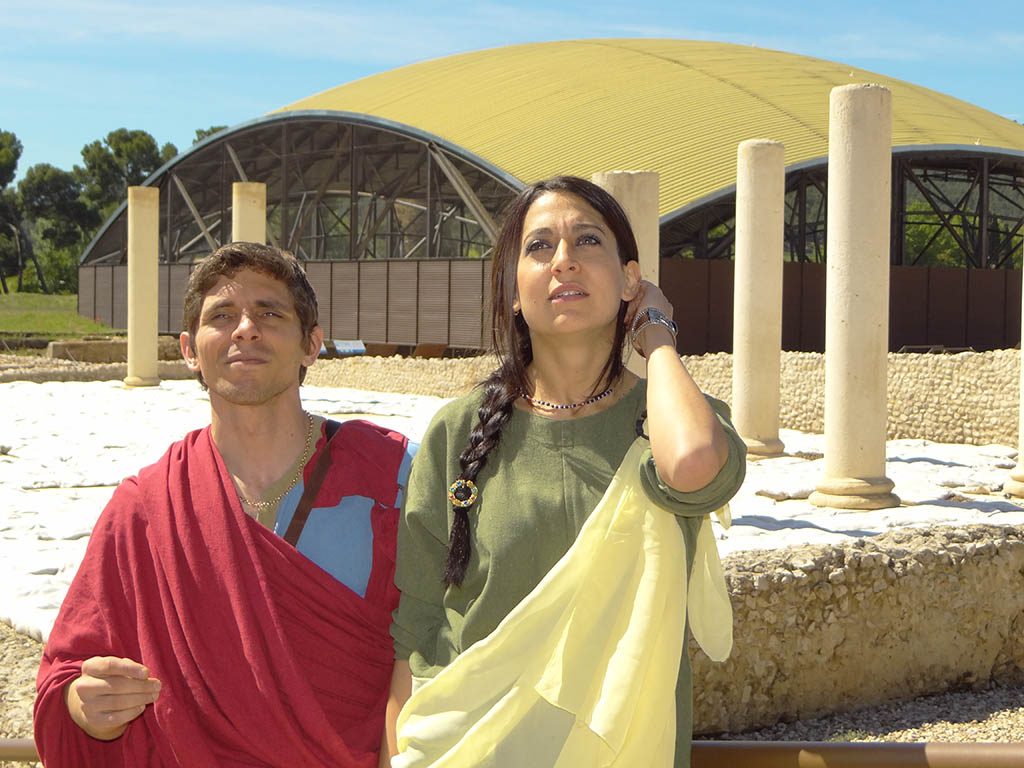
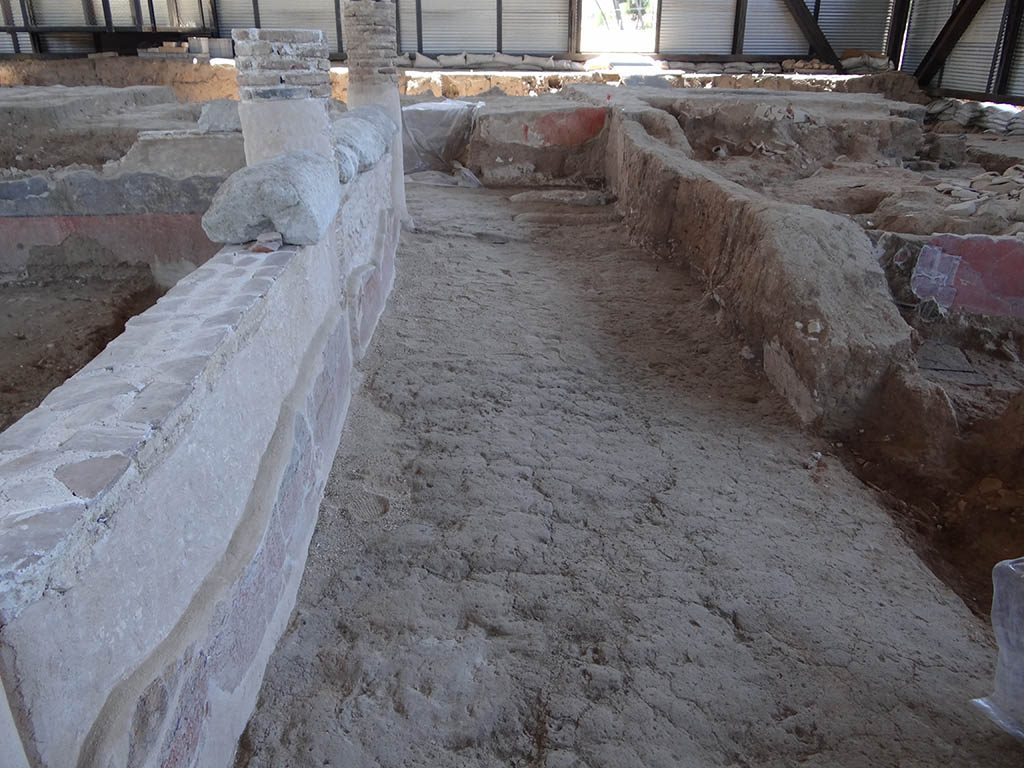
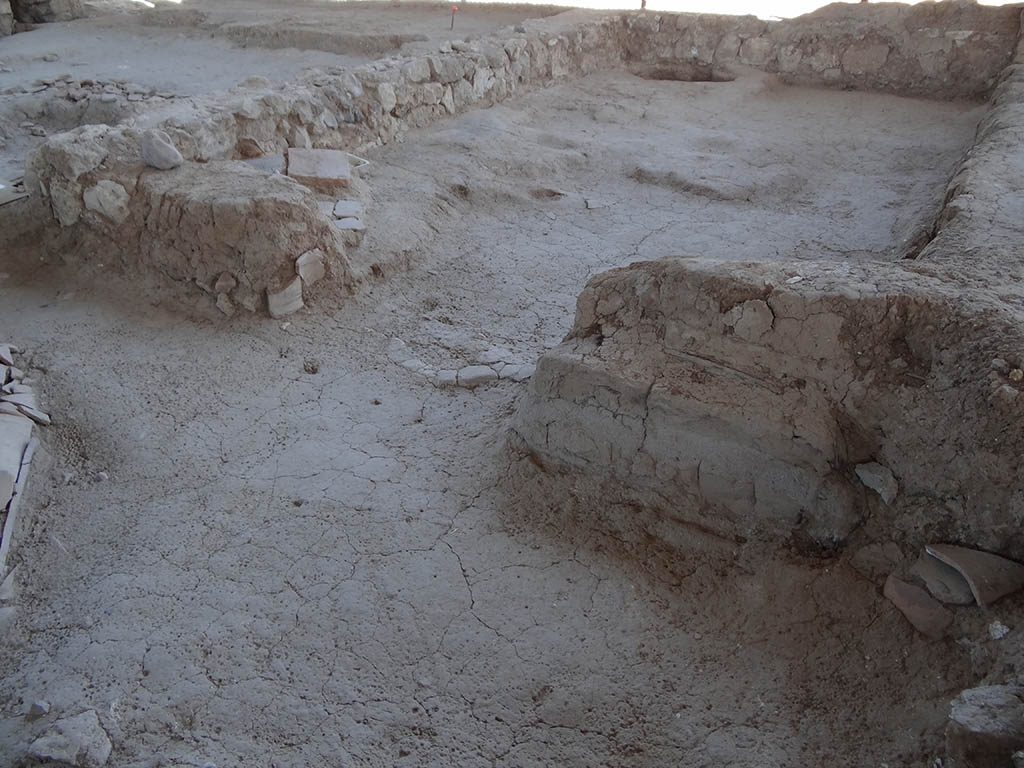
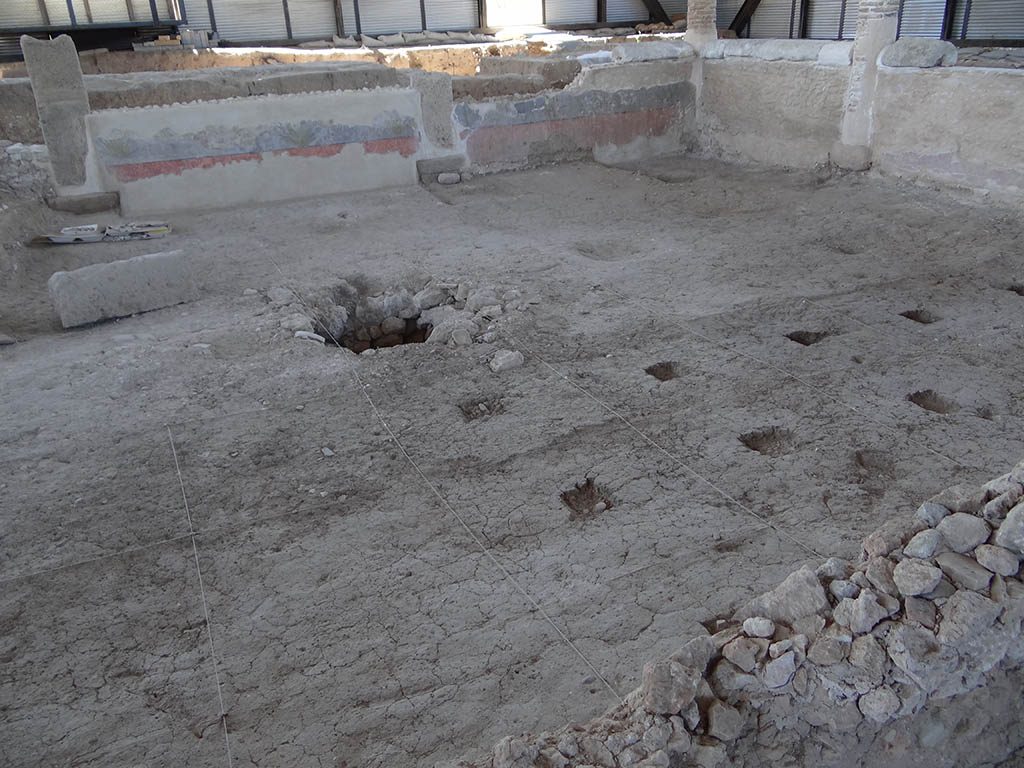
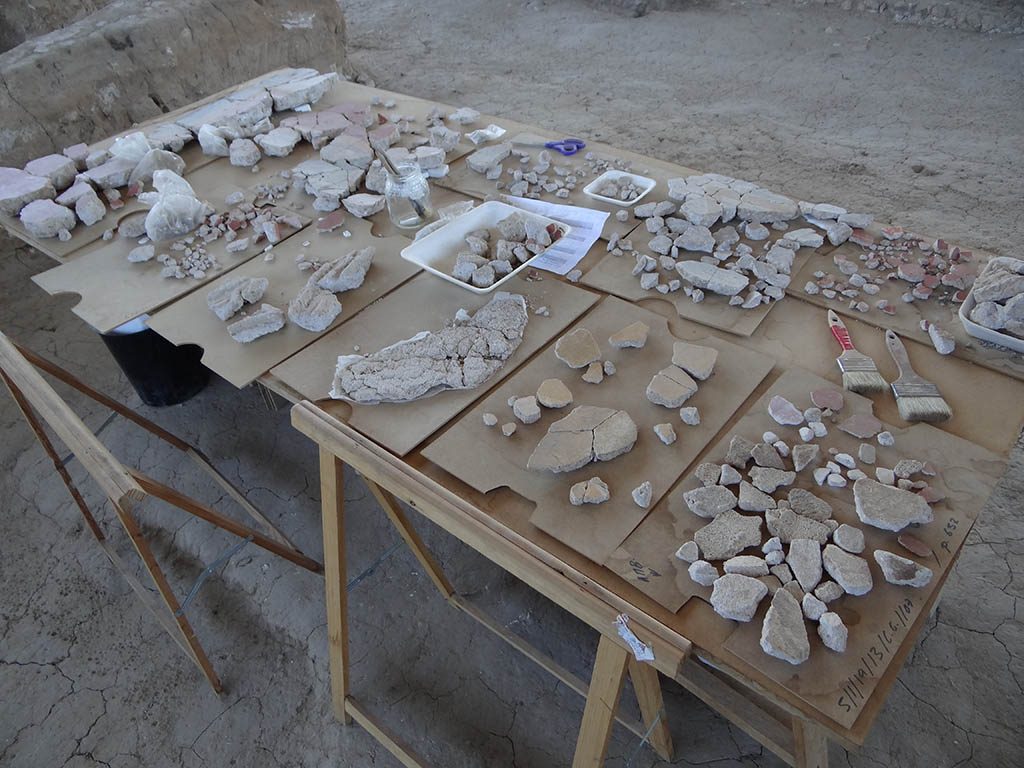
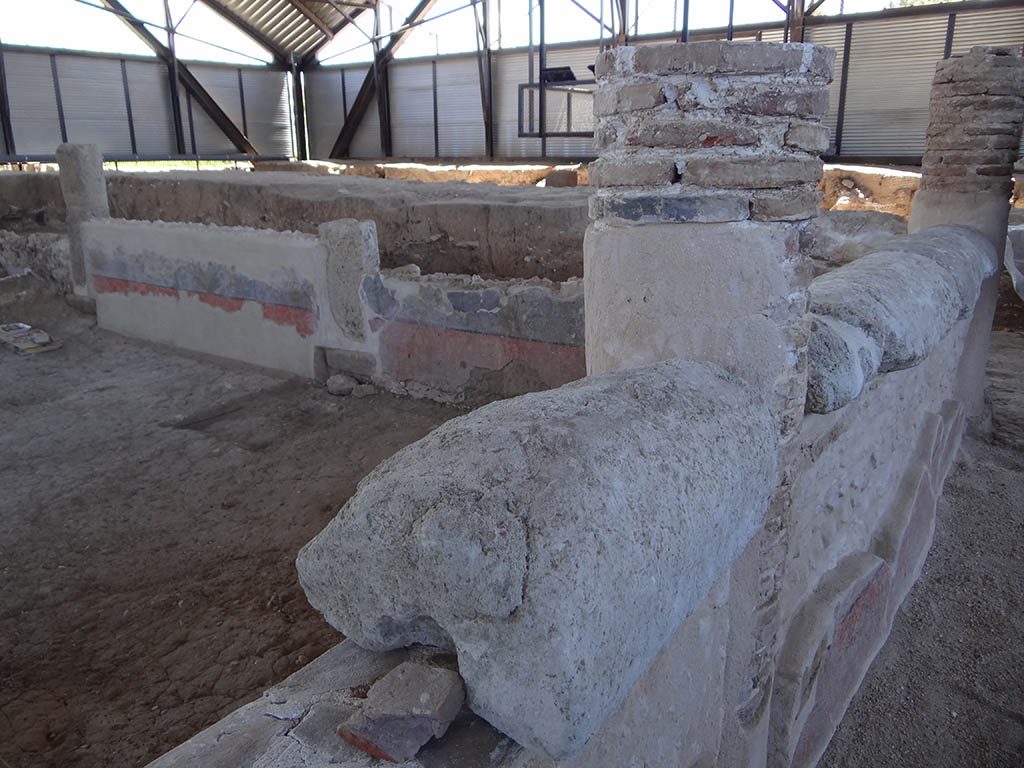
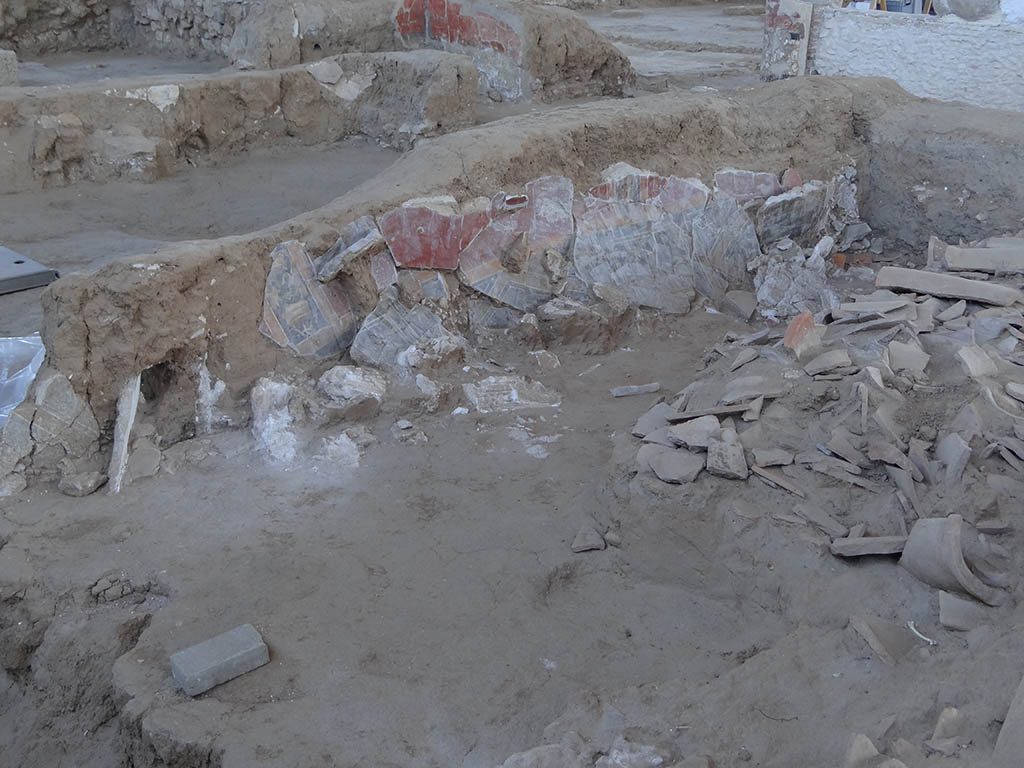
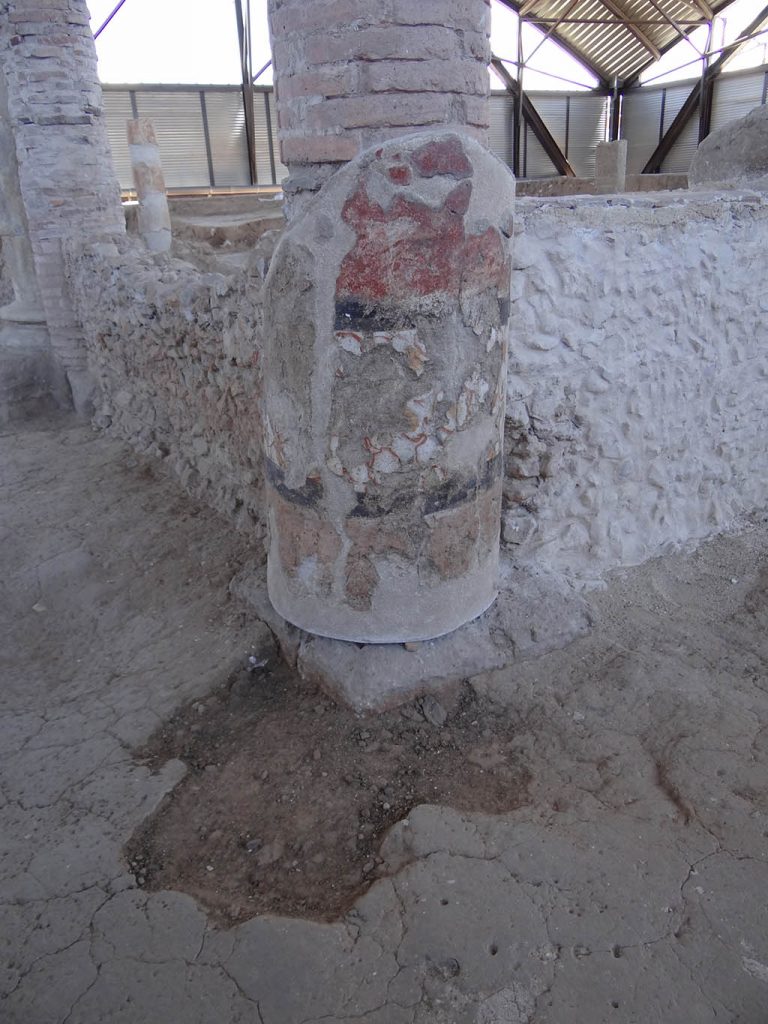
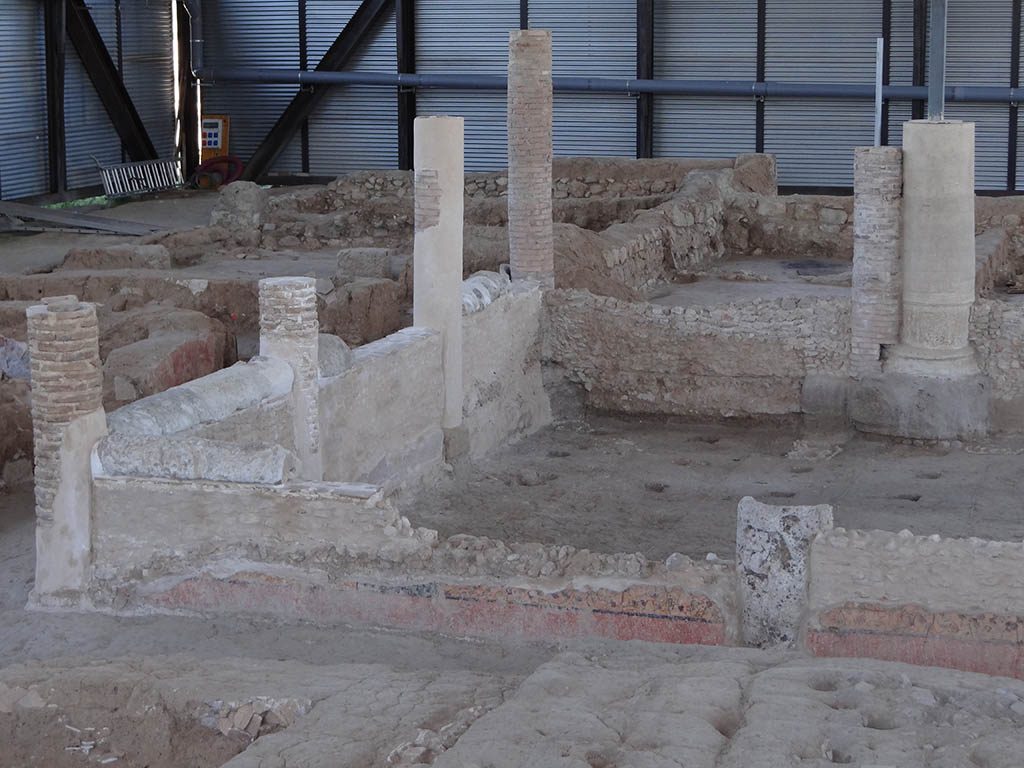
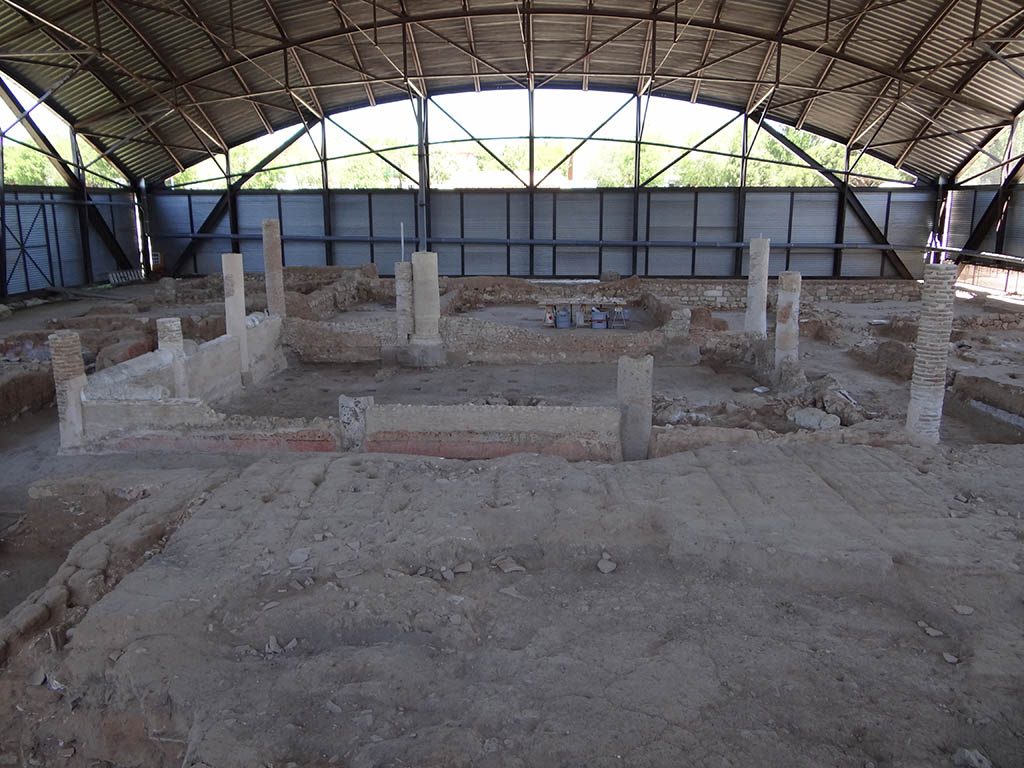
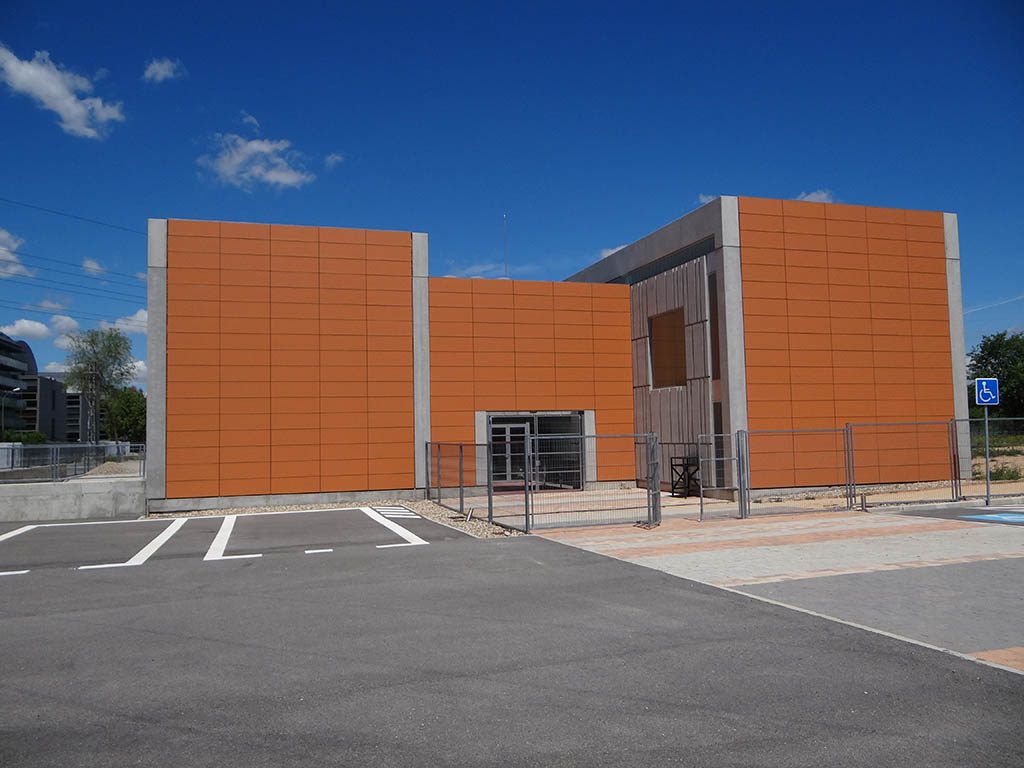
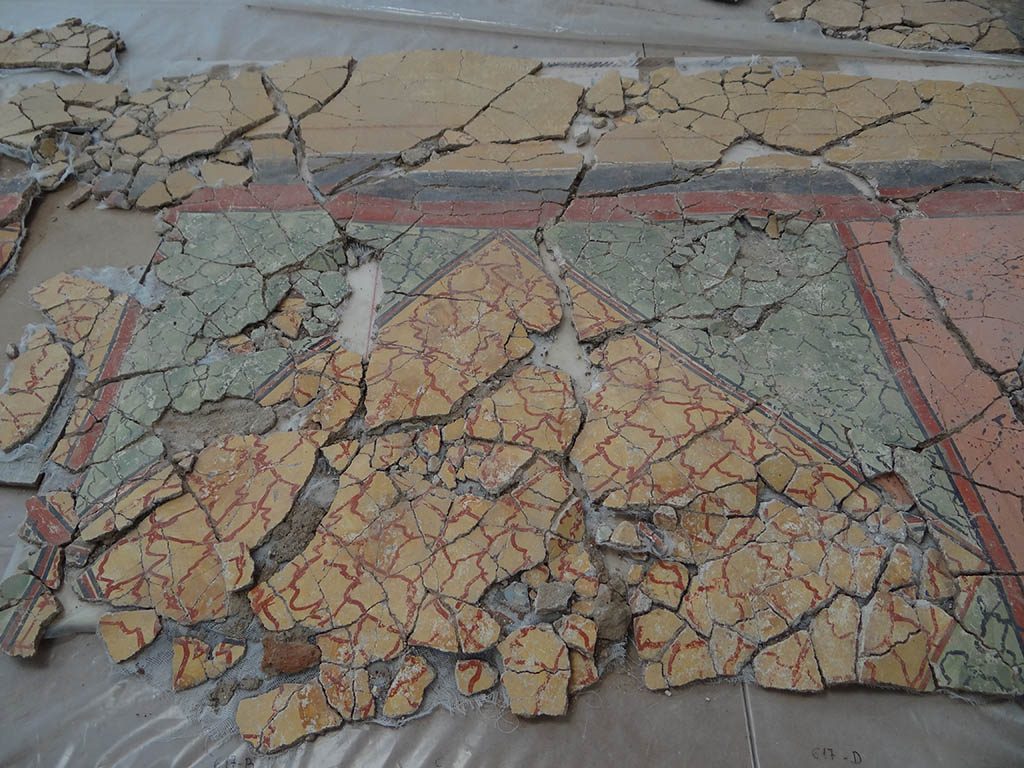
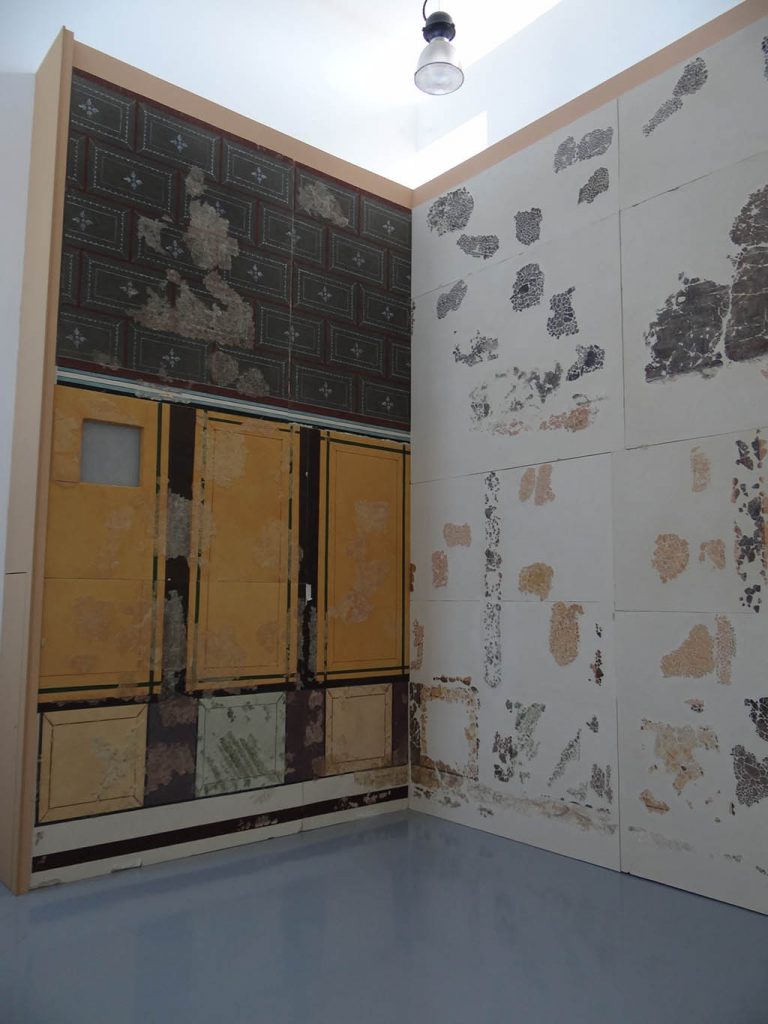
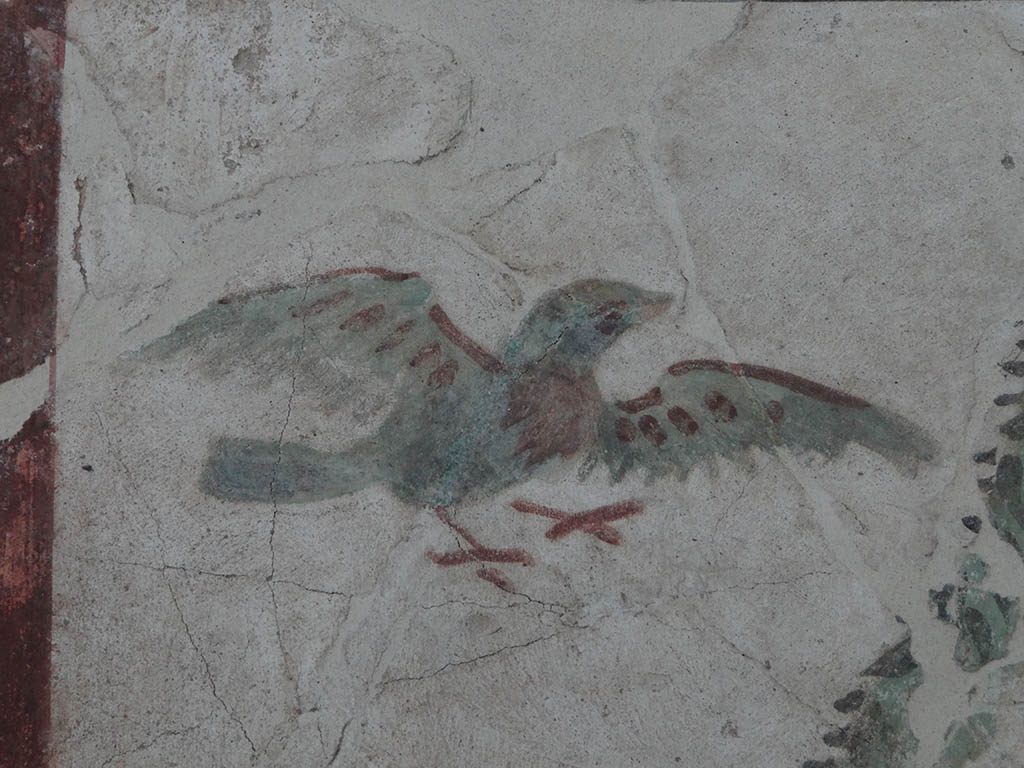
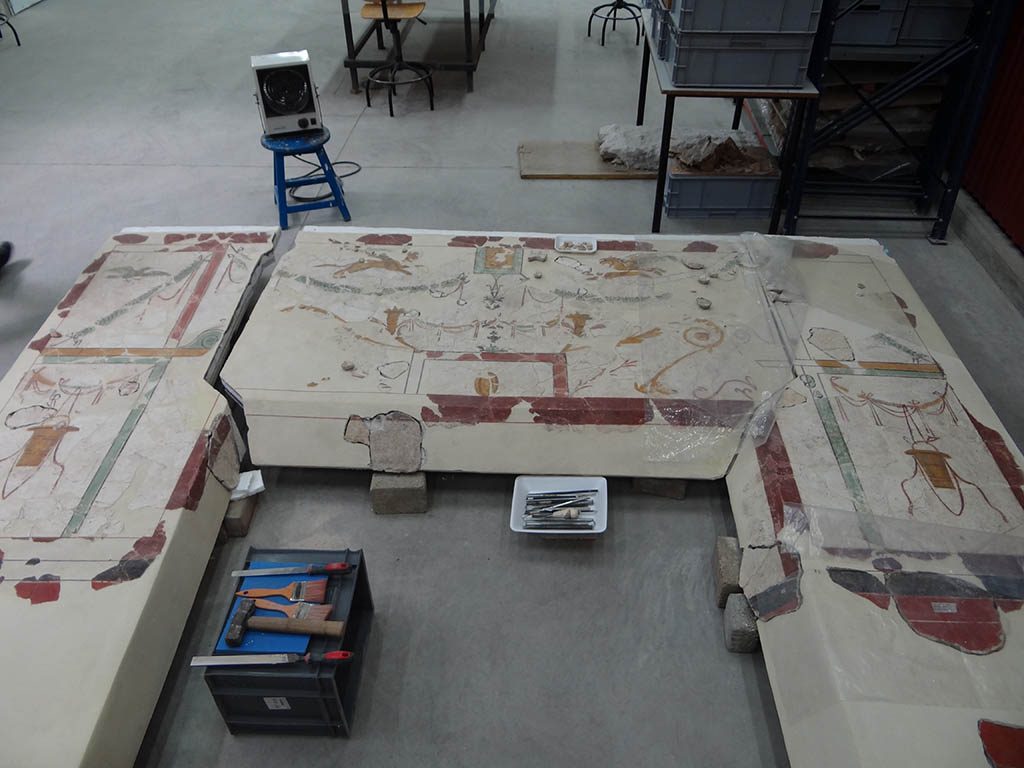
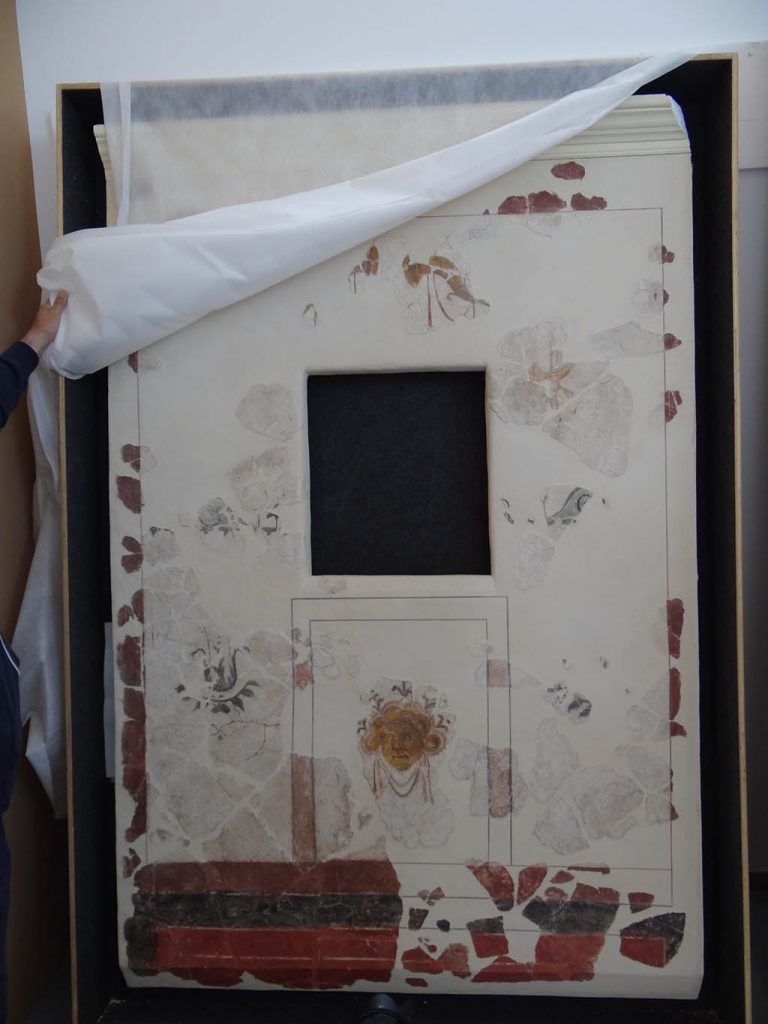
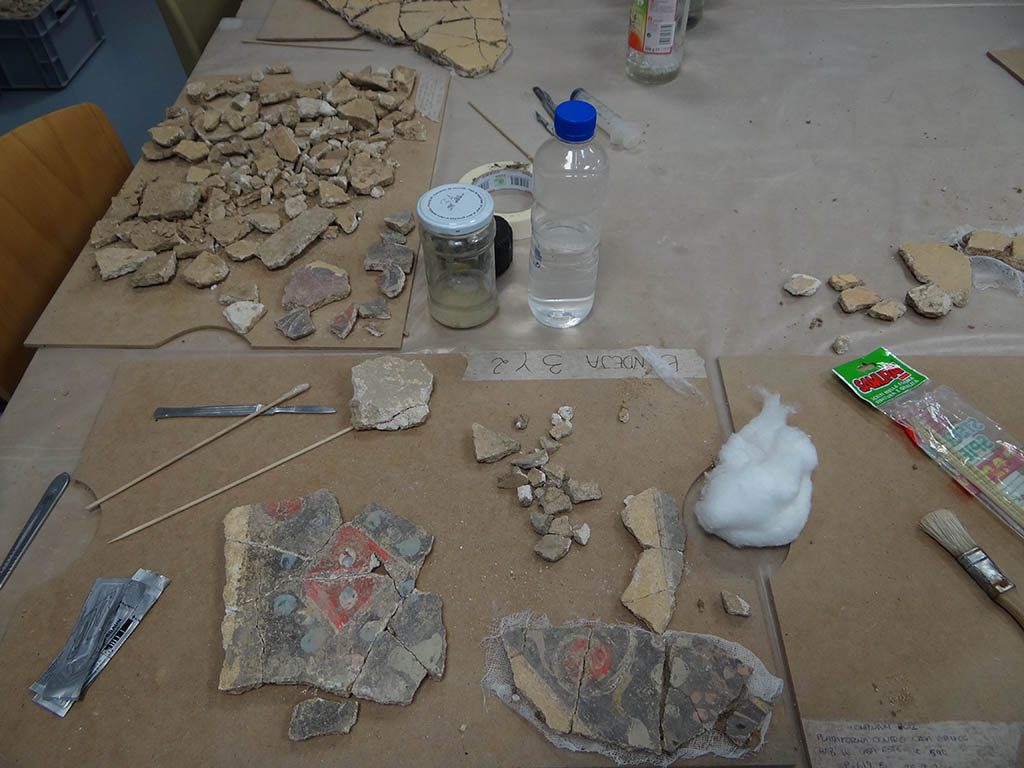
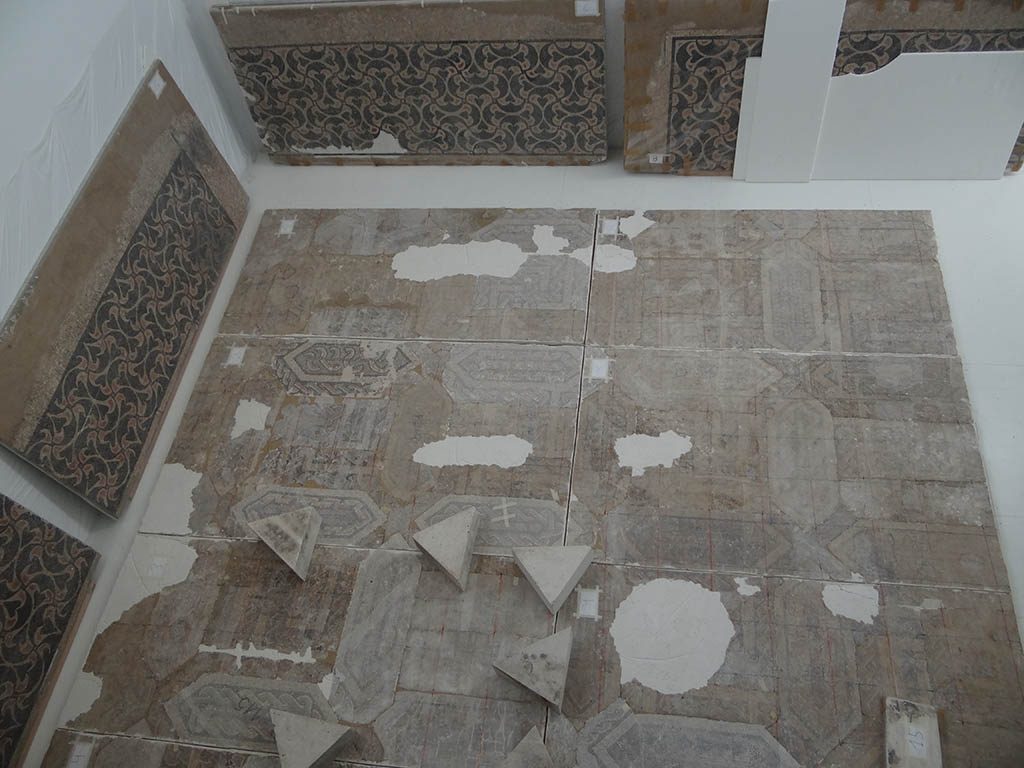
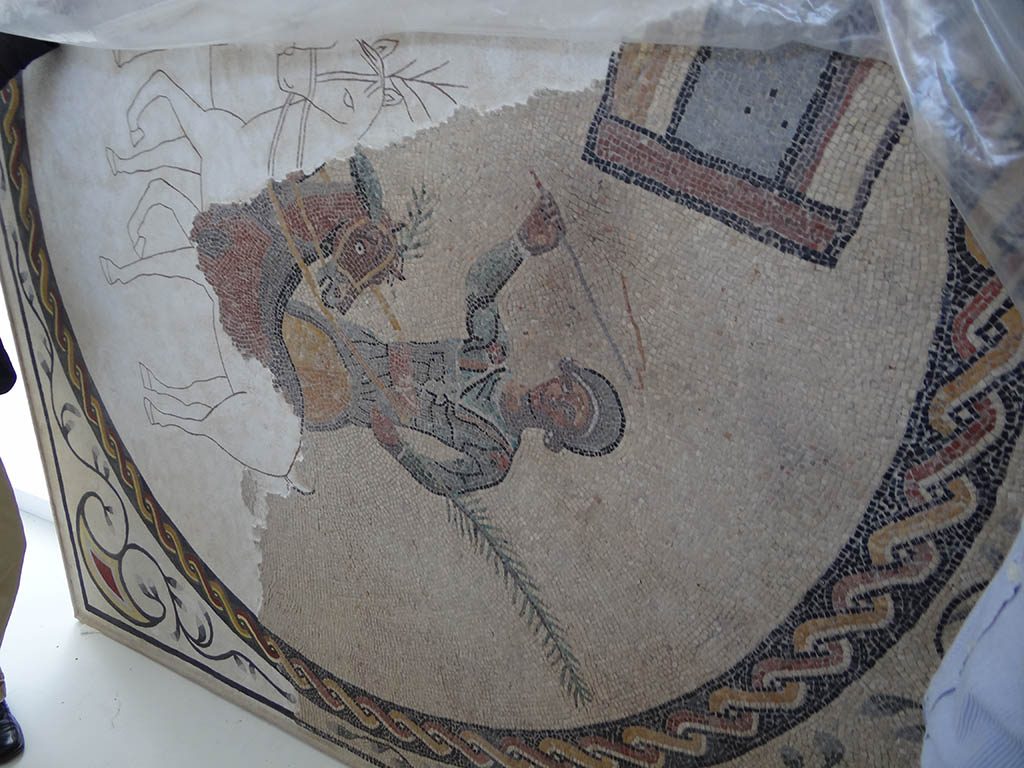
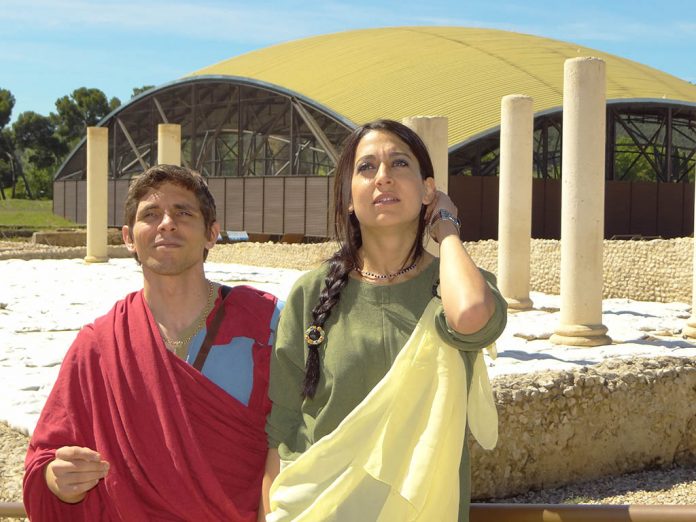

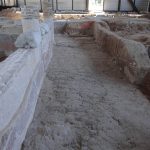
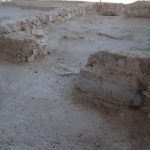
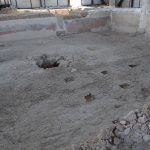
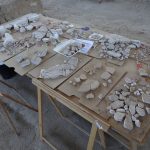
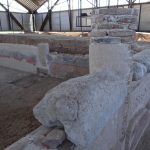
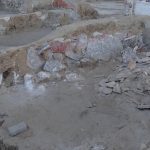
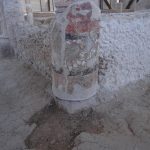
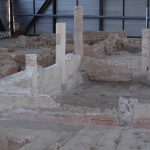
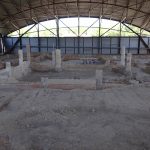
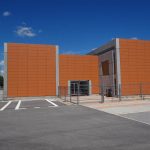
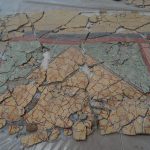
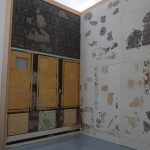
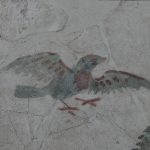
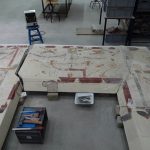

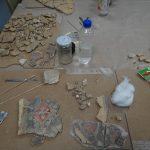
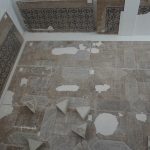
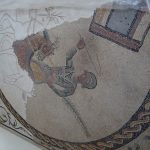
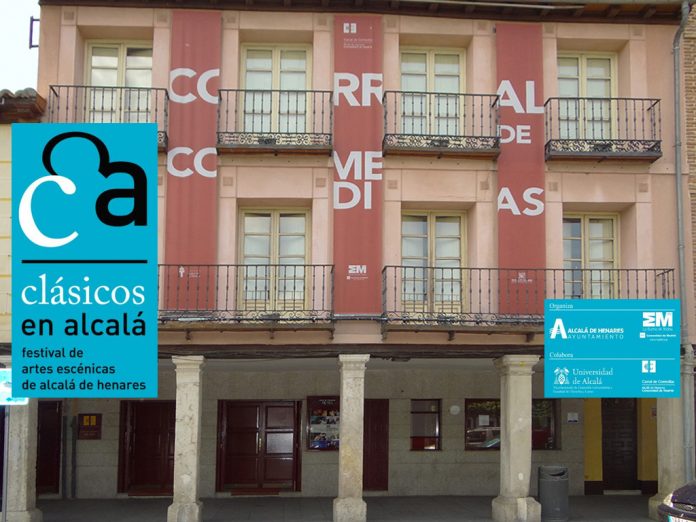
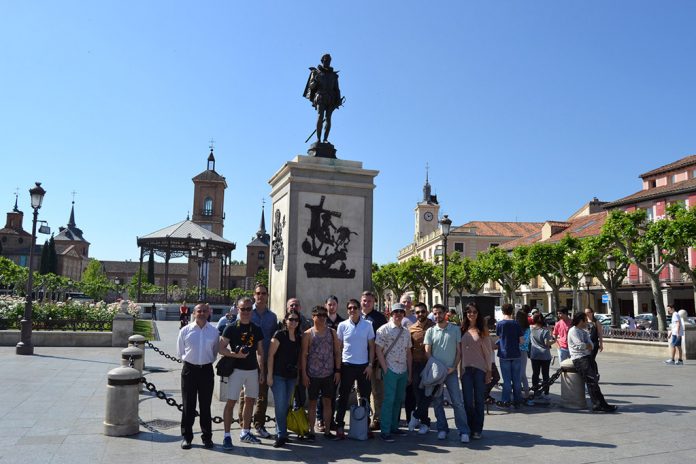
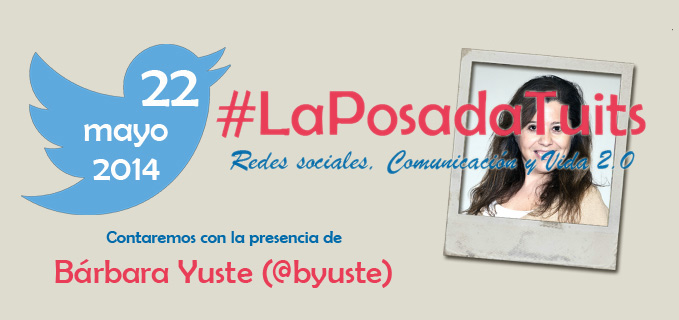


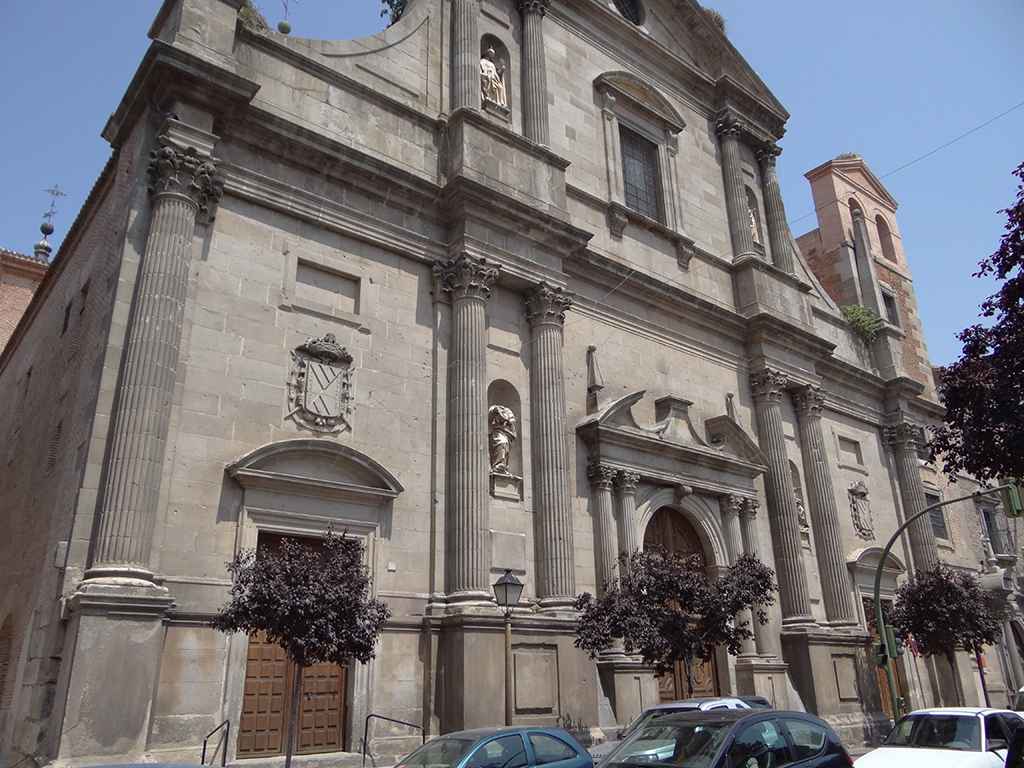

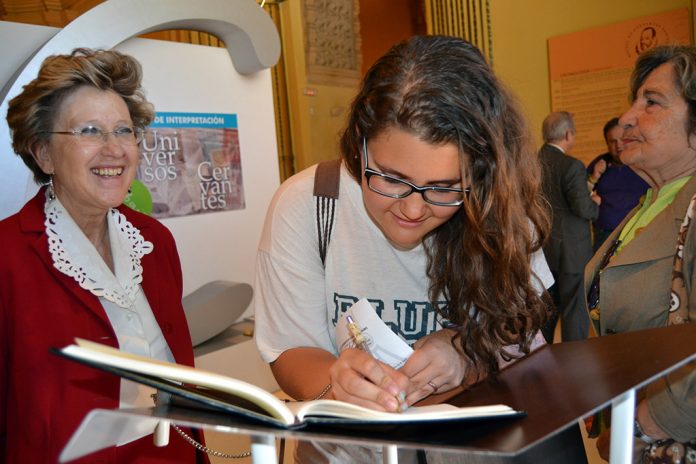
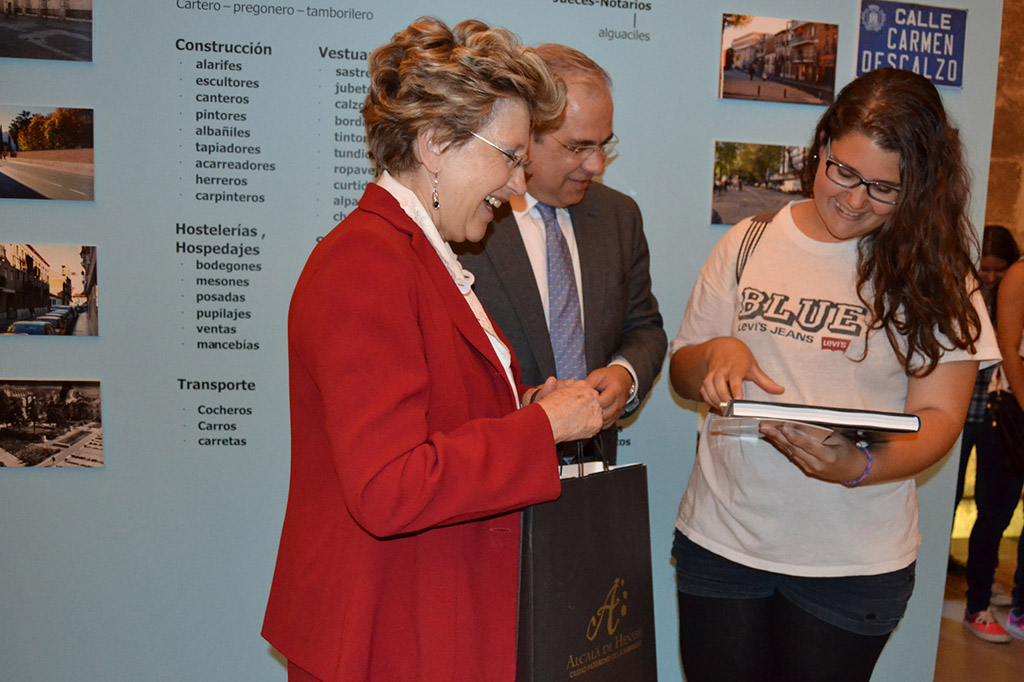
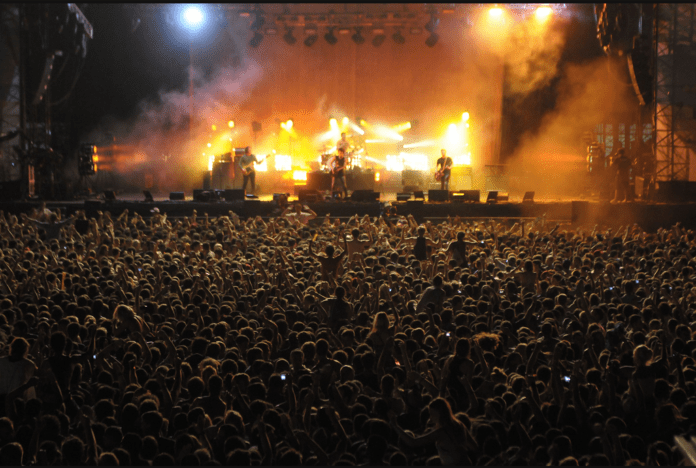

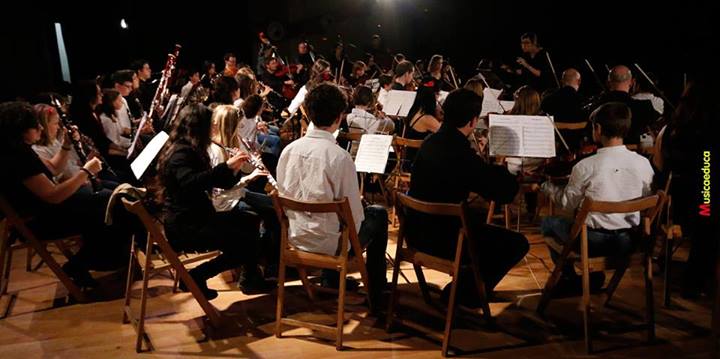
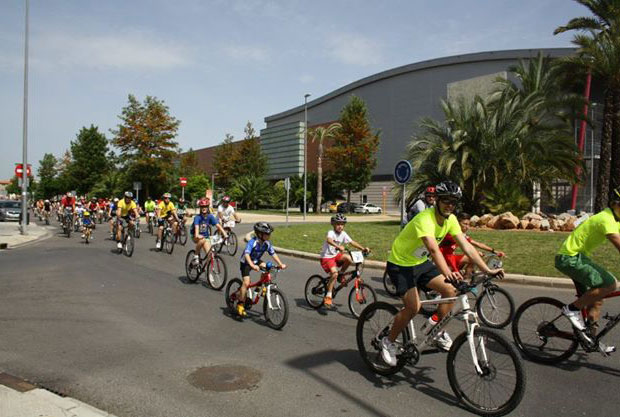
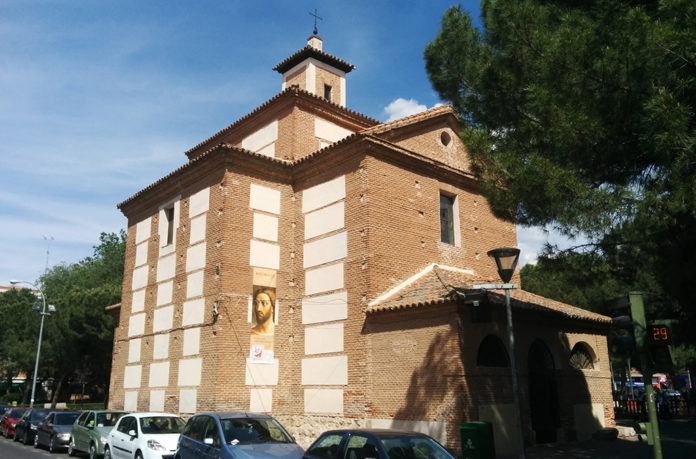
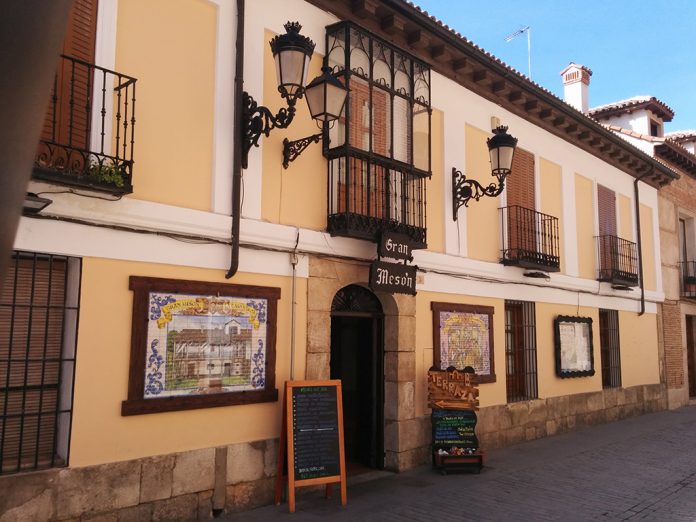
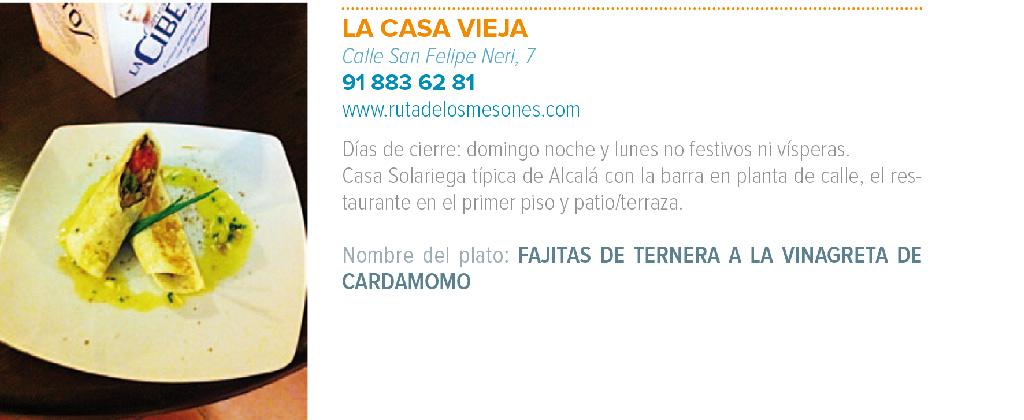
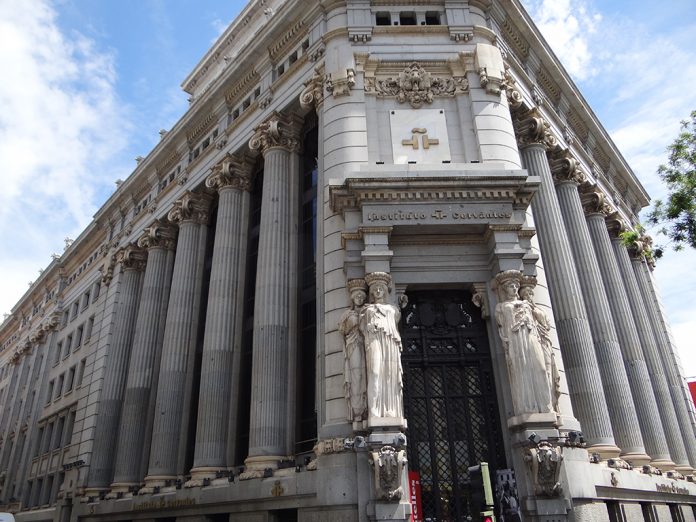
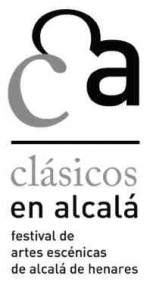 La Academia de Espectadores del Festival
La Academia de Espectadores del Festival 